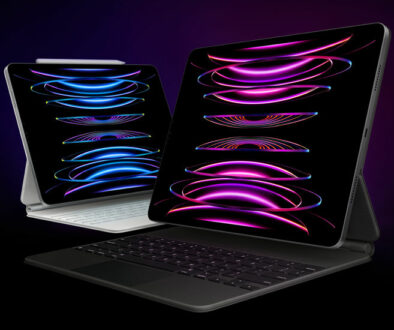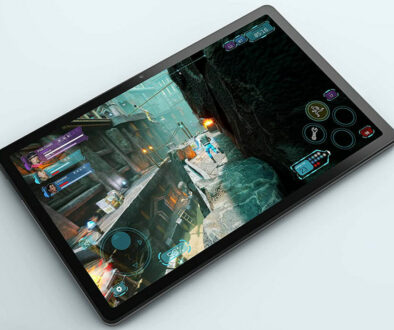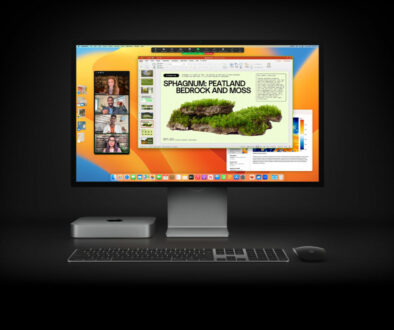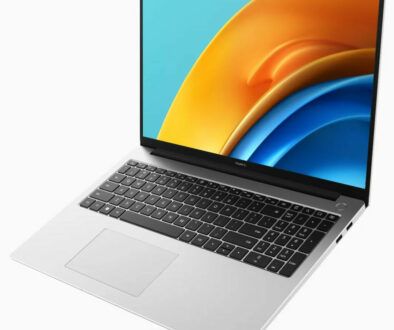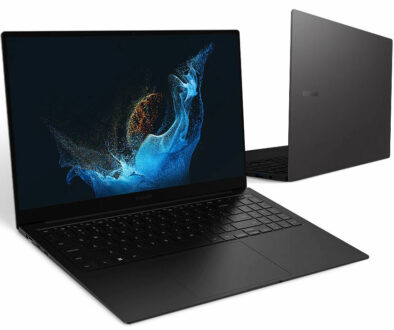Best Motherboards for Intel 11th Gen Processors: New chipsets & newer options
Rocket Lake’s release has been a very conflicted one as of late, with both its budget and flagship tiers receiving reviews from both ends of the positive and negative spectrum. But, main CPUs aside, the new architecture also brought with it updated motherboards and compatible chipsets. And, there are quite a number of very specific good reasons to be excited with these newer options.
Thus, we present to you our top picks for the best 11th Gen motherboards to power up your bang-for-the-buck Rocket Lake CPU purchases.
11th Gen Intel Chipset Overview
The most exciting thing about the new Rocket Lake chipsets, is that it now unlocks memory overlocking on lower-tier motherboards. As such, Intel system owners no longer need to use expensive Z motherboards just to maximize the baseline overclocking potential of a system.
Do take note though, that boosted RAM frequencies still do not provide as much of a boost in performance for Intel compared to AMD systems, but it is still very noticeable. Think of it as an FPS bonus, your XMP-enabled RAM can finally be interchangeable across platforms.
- H510 – inherting the H410’s place, the H510 sits at its entry-level point with all very basic features. While having only two DIMM slots isn’t as much of a limitation as enthusiasts claim, the lesser number of ports and headers makes it less appealing when it comes to customization. Worse, much like AMD’s A320 and A520, memory overlocking is still locked on this ultra-budget chipset.
- B560 – is the most interesting chipset so far in terms of being the next budget option, but with memory overclocking enabled. It is also filled with most fundamental connectivity upgrades such as the near-universal Wifi 6 addition, for example, though RAID support is not available.
- H570 – the more expensive version of the B560, with RAID support enabled and other minor additional perks. Usually too expensive to justify its use for more casual builders.
- Z590 – the standard high-end chipset for Rocket Lake. Everything is unlocked, designed with the most connectivity options, VRM phases and cooling typically optimized at default. Naturally, this jacks up the price really high, particularly for well-known motherboard brands and product series.
Priorities, Choice Methodology, and Testing
The 11th Gen Intel motherboards for this list will be chosen primarily using collated data from various reviews. This will then be combined with our preliminary analysis of the motherboard’s base performance, and a look into every entry’s specification..
Moreover, this list will heavily prioritize stability + price-to-features ratio. Any 11th Gen Intel motherboard option should provide all necessary features without holding back CPU performance, all the while being cost-effective. As such, there will be a considerable bias towards B560 motherboards in this regard, although we would still introduce a few alternative options at more extreme ends of the spectrum.
(NOTE: specific RAM overclocking specs for each motherboard are excluded for standardization purposes. Just know and understand that your 3200+ Mhz memory kit will work with its XMP profile on all of these models so long as the CPU used is strictly 11th Gen.)
Best 11th Gen Intel Motherboards Overview
- MSI MPG Z590 Gaming Carbon Wifi
- Asus TUF Gaming Z590-Plus
- Asrock B560M Steel Legend
- MSI MAG B560 Torpedo
- Gigabyte B560 Aorus Pro AX
MSI MPG Z590 Gaming Carbon Wifi (ATX)
Primary Specs:
| VRM Phases | 16 + 1 + 1 |
| Tier Rating | Middle High-end |
| Audio | 7.1 Channel HD Audio (Realtek ALC4080) |
| Connectivity | 1219-V, WiFi 6E AX20, 802.11a/b/g/n/ac/ax, BT 5.0+ |
| Storage | x6 SATA 6Gbps, x3 M.2 PCI-E 3.0 x4 |
| Extra Connectors | x1 Fan Pump, x6 Sys Fan, 1x USB Type-C, x2 USB 2.0, x1 USB 3.2G1 1x 4-pin RGB, 2x 3-pin RAINBOW LED, 1x 3-pin CORSAIR LED |
| Rear I/O | x1 HDMI, x1 DP, x4 USB 2.0, 2x USB 3.2G1 T-A, x3 1 USB 3.2G2 T-A, USB 3.2G2x2 TC, x1 RJ-45, x5 Audio, x1 S/PDIF, x1 WiFi/BT, x1 Flash BIOS |
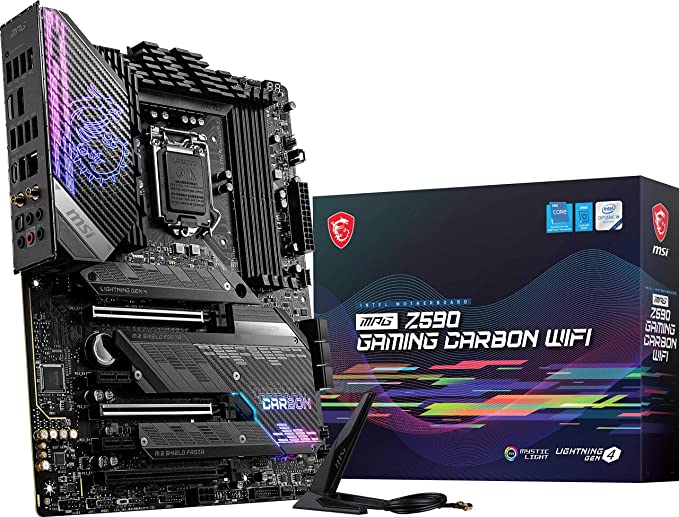
Probably the beefiest 11th Gen motherboard in terms of specs, the Gaming Carbon WiFi once again sits comfortably at the “mid-range” of top-tier models, offering a nice balance of the price for what it can actually offer. VRM phases (and its heatsink configuration) are as what you would expect from MSI’s Z590 offering, allowing the power-hungry Rocket Lake CPUs to unleash their maximum boost frequencies for extended periods without throttling down. Perhaps obligatory for this tier range, the Gaming Carbon WiFi also has a Flash BIOS option for boot-less BIOS updating. If you don’t fancy the heftier price tag, you can always cut down to the non-WiFi version, as we’re pretty sure you won’t be running out of port headroom for an external network dongle.
Asus TUF Gaming Z590-Plus WiFi (ATX)
Primary Specs:
| VRM Phases | 14 + 2 |
| Tier Rating | Basic High-end |
| Audio | 7.1 Channel HD Audio (Realtek ALC1200A) |
| Connectivity | I225-V, Intel WiFi 6, 802.11a/b/g/n/ac/ax, BT 5.0+ |
| Storage | x6 SATA 6Gbps, x3 M.2 PCI-E 3.0 x4 |
| Extra Connectors | x1 Fan Pump, 4x Sys Fan, 2x USB 2.0, 1x USB 3.2G1, 1x USB Type-C 2x AURA ARGB, 2x AURA RGB, 1x Thunderbolt |
| Rear I/O | x1 PS/2, x1 HDMI, x1 DP, x2 USB 2.0, 2x USB 3.2G1 T-A, x2 1 USB 3.2G2 T-A 1x USB 3.2G2x2 T-C, x1 RJ-45, x1 WiFi, x5 Audio, x1 S/PDIF |
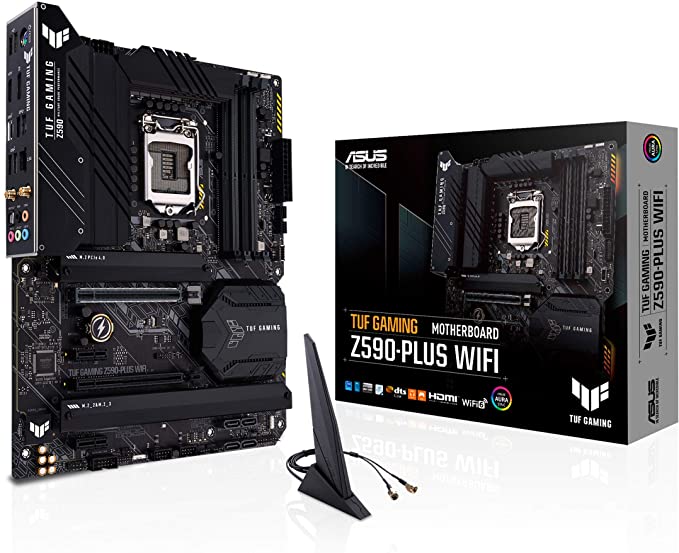
ROG Strix entries have always been the premium, uber-quality choice for most PC setups. But, that is also precisely why we could never include it on our lists. Surprisingly, at least, the Asus TUF Gaming Z590-Plus lives up this time to its (relatively) “cost-effective” reputation that separates it from its premium bigger brother. As shown by its features, it is a mid-range system that balances specs and price, making sure that you actually optimize many of the things you pay each dollar for it.
Asrock B560M Steel Legend (mATX)
Primary Specs:
| VRM Phases | 10 |
| Tier Rating | Upper Mid-tier |
| Audio | 7.1 Channel HD Audio (Realtek ALC897) |
| Connectivity | I219-V, RTL8125BG, 802.3 az |
| Storage | x6 SATA 6Gbps, x2 M.2 PCI-E 3.0 x4 |
| Extra Connectors | x1 Fan Pump, x3 Sys Fan, 2x USB 2.0, 1x USB 3.2G1, x1 USB 3.2G2x2 T-C x2 RGB LED, 2x ARGB LED |
| Rear I/O | x1 PS/2, x1 HDMI, x1 DP, x2 USB 2.0, 4x USB 3.2G1, x1 RJ-45, x3 Audio, x3 WiFi, x1 S/PDIF |
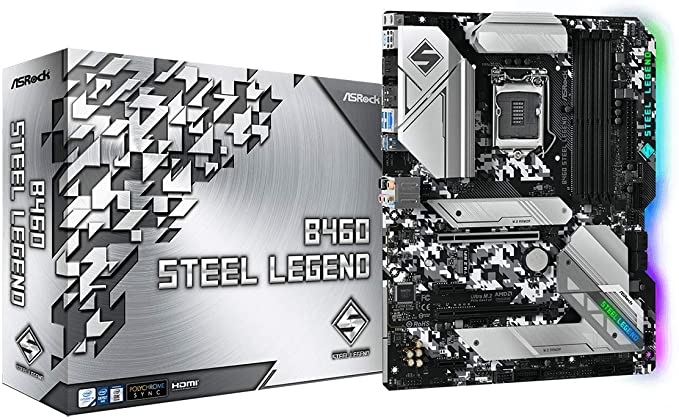
Asrock’s Steel Legend series has been a hit and miss most of the time whenever it pops up on either Intel or AMD chipsets. But this time, it’s a complete turnaround compared to its Phantom Gaming 4. The Z590 Phantom Gaming 4 is burning with its bad heat management, while the Steel Legend basks in the glow of its (aggressive) price-to-stability goodness. And while being a B560 does mean some features are cut-off, the most important ones for either visual appeal or performance design were never taken away, further complementing its current price.
MSI MAG B560 Torpedo (ATX)
Primary Specs:
| VRM Phases | 12 + 1 + 1 |
| Tier Rating | Upper Mid-tier |
| Audio | 7.1 Channel HD Audio (Realtek ALC897) |
| Connectivity | I219-V, RTL8125B, 802.3 az |
| Storage | x6 SATA 6Gbps, x3 M.2 PCI-E 3.0 x4 |
| Extra Connectors | x1 Fan Pump, x5 Sys Fan, 2x USB 2.0, 1x USB 3.2G1, x1 USB 3.2G2 T-C x2 RGB LED, 2x RAINBOW LED |
| Rear I/O | x1 HDMI, x1 DP, x4 USB 2.0, 4x USB 3.2G1 T-A, x1 USB 3.2G2x2 T-C x1 RJ-45 (1Gbit), x1 RJ-45 (2.5Gbit), x5 Audio, x1 S/PDIF |
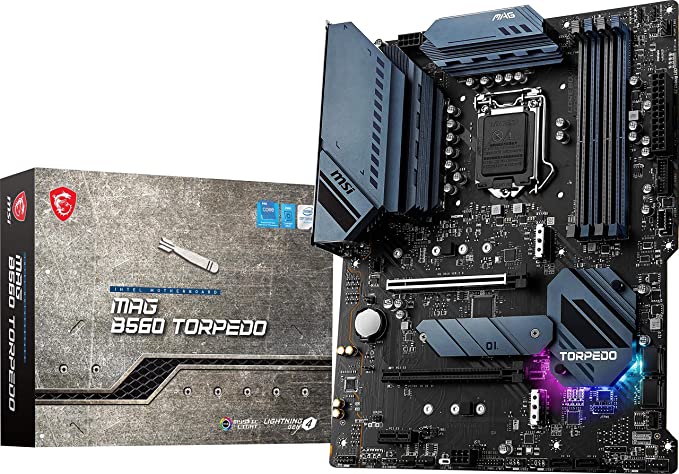
Obligatory “ordinance” drop from MSI’s mid-tier offerings. The MAG B560 Torpedo continues its role as the middle ground mid-range chipset variant, having features that elevate it a few steps up, but falls just short below the most expensive version. Sure, this means that we now have a price premium to worry about. But, RAM overclocking is unlocked anyway, and the investment is definitely worth it for the long-term performance stability (hint: burst boost) that it provides while still being less expensive than a Tomahawk.
Asrock B560 Pro4 (ATX)
Primary Specs:
| VRM Phases | 8 |
| Tier Rating | Standard Mid-tier |
| Audio | 7.1 Channel HD Audio (Realtek ALC897) |
| Connectivity | I219-V, 802.3 az |
| Storage | x6 SATA 6Gbps, x2 M.2 PCI-E 3.0 x4 |
| Extra Connectors | x6 Sys Fan, 1x USB 2.0, 2x USB 3.2G1, x1 USB 3.2G2x2 T-C x2 RGB LED 2x ARGB LED |
| Rear I/O | x1 PS/2, x1 HDMI, x1 DP, x2 USB 2.0, 4x USB 3.2G1, x1 RJ-45, x3 Audio |
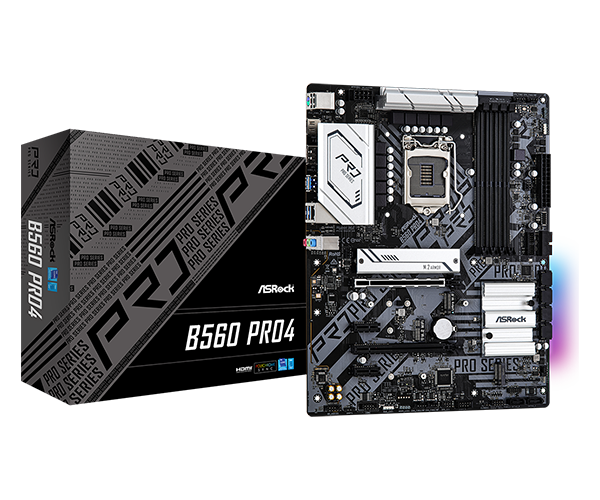
Barebones, without having to sacrifice too much. Ah well, what else would you expect with the 11th Gen Asrock Pro4 ultra-budget entry? Do take note, though, that this motherboard’s VRM and mobo heatsink configuration is specifically recommended for mid-tier Core i5-11400(F) builds. If you intend to use a Core i7-11700(F) on it, be sure that you are not going to use the system for very long sustained periods on maximum load (for example, when rendering videos).


